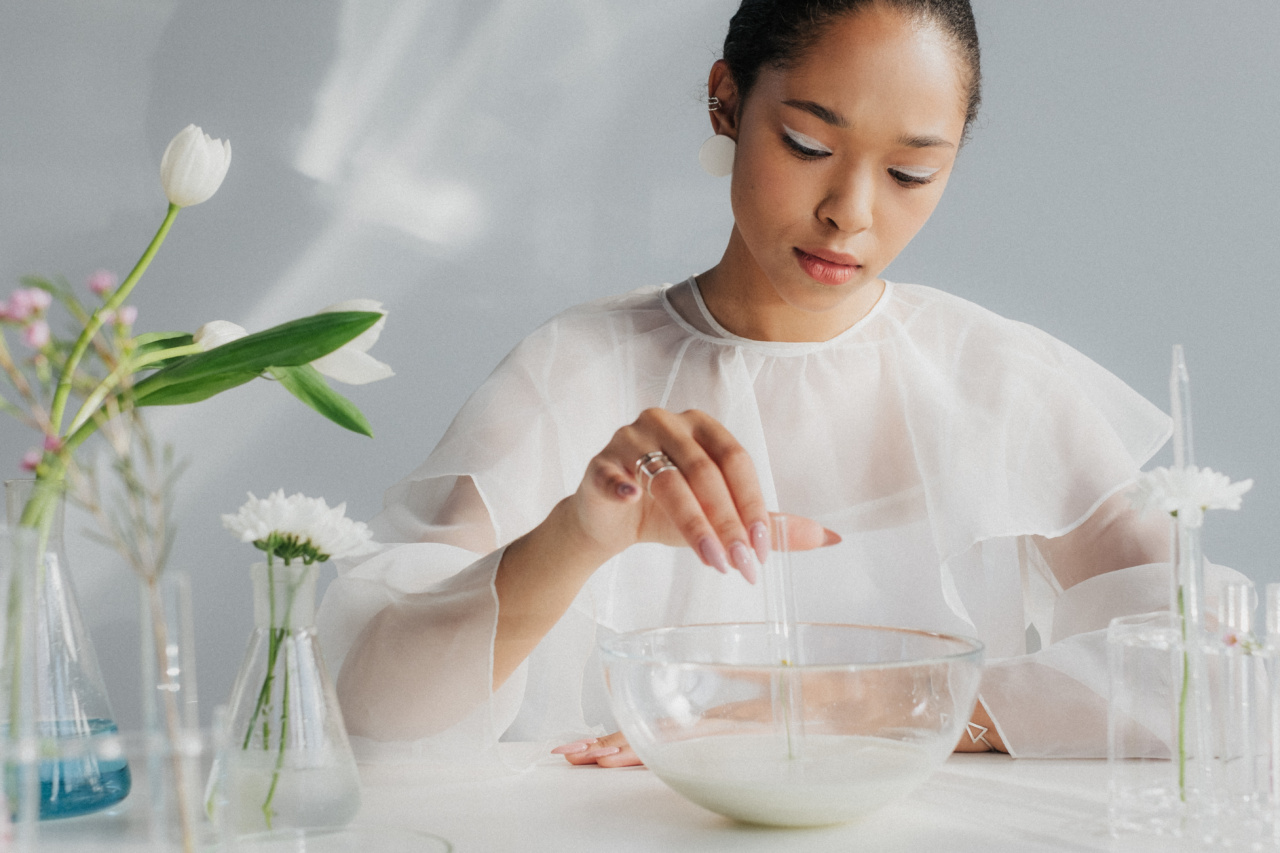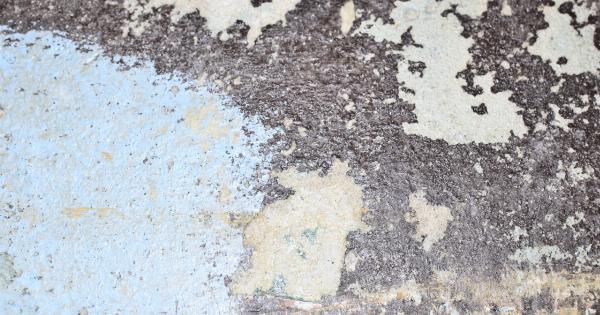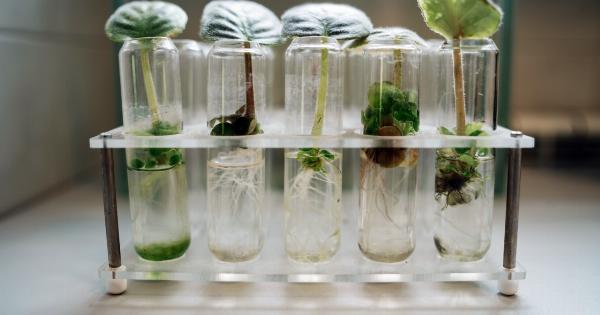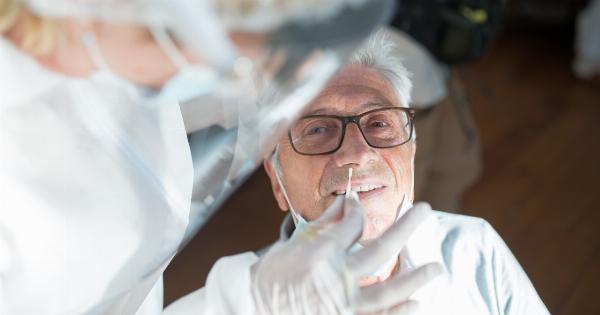Cholecystitis is a condition characterized by inflammation of the gallbladder, a small pear-shaped organ located underneath the liver.
It primarily occurs due to the presence of gallstones, which obstruct the ducts that transport bile from the gallbladder to the small intestine. While the visual appearance of cholecystitis may not be apparent, understanding its symptoms is crucial for timely diagnosis and treatment.
1. Intense Abdominal Pain
A hallmark symptom of cholecystitis is severe and persistent abdominal pain, especially in the upper right side. This pain can radiate to the back or right shoulder and is often described as sharp or cramp-like.
It tends to worsen after consuming fatty or greasy foods.
2. Fever and Chills
Inflammation in the gallbladder can lead to an infection, causing fever along with chills. This occurs as the body’s immune system responds to the infection, raising the body temperature to combat it.
3. Nausea and Vomiting
Cholecystitis can disrupt the normal digestive process, leading to feelings of nausea and bouts of vomiting. These symptoms may be accompanied by a loss of appetite.
4. Jaundice
In severe cases, cholecystitis can cause jaundice, a condition in which the skin and eyes turn yellow. This occurs when there is a blockage in the bile ducts, preventing the proper flow of bile from the liver to the intestine.
The buildup of bilirubin, a yellow pigment, in the bloodstream leads to the characteristic yellow discoloration.
5. Bloating and Gas
The inflammation in the gallbladder can cause bloating and excessive gas in some individuals. This is due to the disrupted digestion and absorption of nutrients that result from the condition.
6. Tenderness in the Abdomen
Upon examination, a doctor may find tenderness in the upper right side of the abdomen, indicating inflammation or an infection in the gallbladder. Gentle pressure in this area may cause increased discomfort.
7. Rapid Heartbeat
Inflammatory conditions like cholecystitis can sometimes cause an increased heart rate. This is typically due to the body’s response to the infection or inflammation, leading to an elevated pulse.
8. Back Pain
Some individuals may experience pain in their back, particularly in the upper right area. This pain is often associated with the underlying inflammation and may worsen while lying flat or after consuming a meal.
9. Diagnosing Cholecystitis
A proper diagnosis of cholecystitis involves a combination of physical examination, medical history review, and diagnostic tests. The physical exam may involve checking for tenderness, abdominal distension, and abnormal skin discoloration.
Your doctor will likely order medical imaging tests such as an ultrasound, CT scan, or MRI to visualize the gallbladder and identify any abnormalities.
10. Treating Cholecystitis
The treatment approach for cholecystitis depends on the severity and underlying cause. In mild cases, conservative management techniques such as pain medication, antibiotics, and a low-fat diet may be recommended.
However, if the condition is severe or recurrent, surgical intervention to remove the gallbladder, known as a cholecystectomy, may be necessary.
It is crucial to seek medical attention promptly if you experience symptoms suggestive of cholecystitis. Early diagnosis and treatment can help prevent complications and provide relief from the discomfort caused by the condition.





















